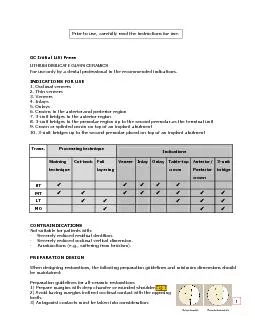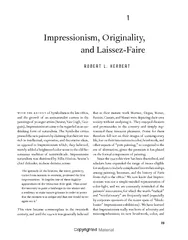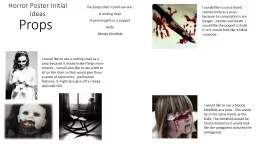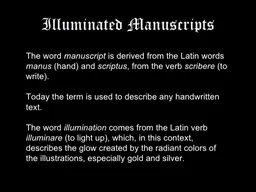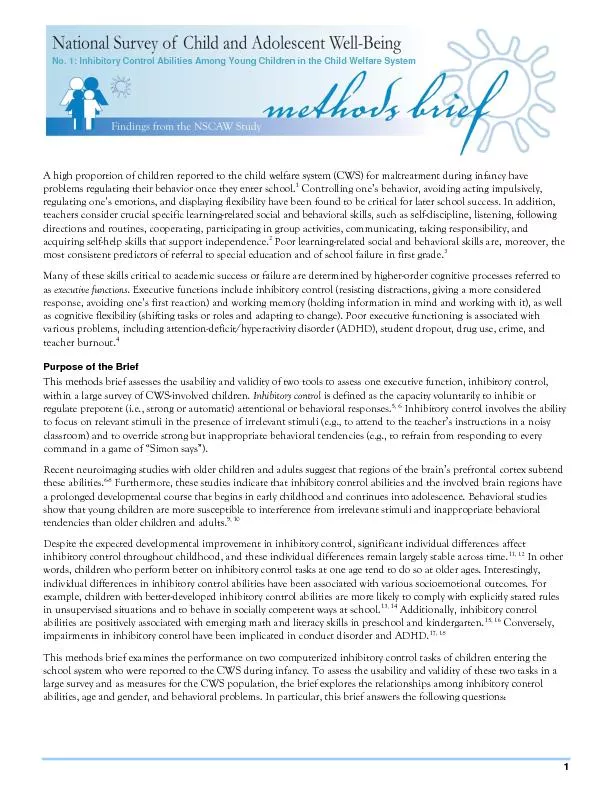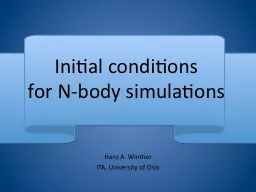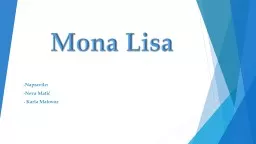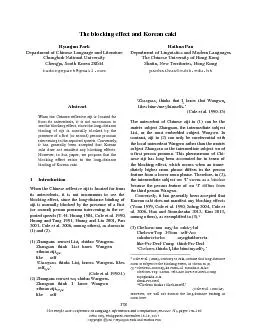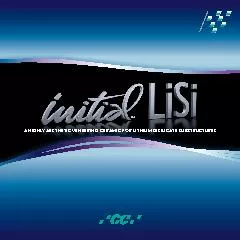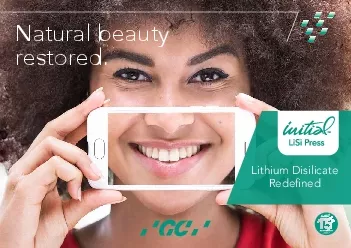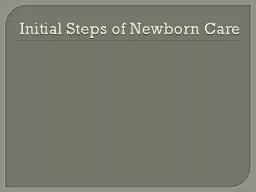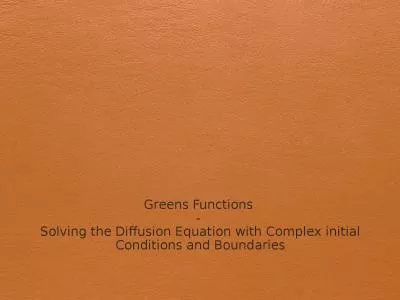PDF-Initial LiSi Press
Author : wilson | Published Date : 2021-07-08
GC LITHIUM DISILICATE GLASS CERAMICS For use only by a dental professional in the recommended indications INDICATIONS FOR USE 1 Occlusal veneers 2 Thin veneers 3
Presentation Embed Code
Download Presentation
Download Presentation The PPT/PDF document "Initial LiSi Press" is the property of its rightful owner. Permission is granted to download and print the materials on this website for personal, non-commercial use only, and to display it on your personal computer provided you do not modify the materials and that you retain all copyright notices contained in the materials. By downloading content from our website, you accept the terms of this agreement.
Initial LiSi Press: Transcript
Download Rules Of Document
"Initial LiSi Press"The content belongs to its owner. You may download and print it for personal use, without modification, and keep all copyright notices. By downloading, you agree to these terms.
Related Documents

